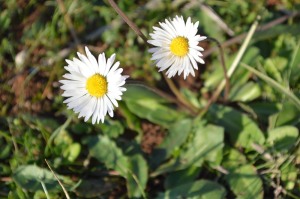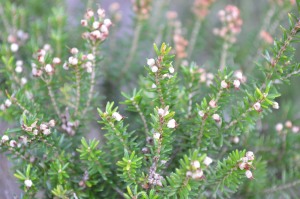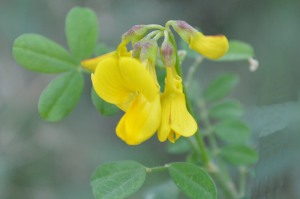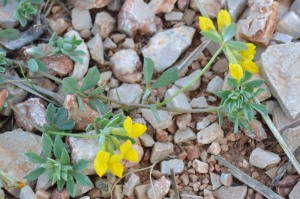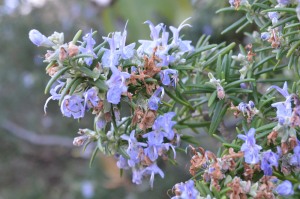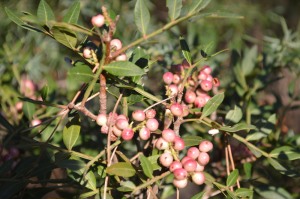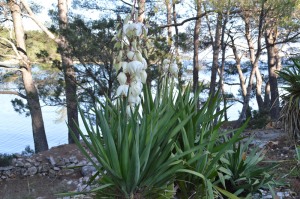-
£2.2bn-worth of oil processed in China, India and Turkey – to whom Russia supplies crude – was imported in 2023, data shows
The UK has been accused of “helping Russia pay for its war on Ukraine” by continuing to import record amounts of refined oil from countries processing Kremlin fossil fuels.
Government data analysed by the environmental news site Desmog shows that imports of refined oil from India, China and Turkey amounted to £2.2bn in 2023, the same record value as the previous year, up from £434.2m in 2021.
Continue reading...
-
British Medical Association says decision to take Dr Sarah Benn off medical register for five months ‘sends worrying message’
Doctors groups are calling for urgent consideration of the rules for medical professionals who take peaceful direct action on the climate crisis, which they say is the “greatest threat to global health”, after a GP was suspended from the register for non-violent protest.
Dr Sarah Benn, a GP from Birmingham, was taken off the medical register for five months on Tuesday by the Medical Practitioners Tribunal Service (MPTS), the disciplinary arm of the General Medical Council (GMC), over her climate protests. The tribunal said Benn’s fitness to practise as a doctor had been impaired by reason of misconduct.
Continue reading...
-
From ancient olive groves to root vegetables, foreign pests introduced via the bloc’s open import system are causing damage worth billions – and outbreaks are on the rise
The plants slowly choke to death, wither and dry out. They die en masse, leaves dropping and bark turning grey, creating a sea of monochrome. Since scientists first discovered Xylella fastidiosa in 2013 in Puglia, Italy, it has killed a third of the region’s 60 million olive trees – which once produced almost half of Italy’s olive oil – many of which were centuries old. Farms stopped producing, olive mills went bankrupt and tourists avoided the area. With no known cure, the bacterium has already caused damage costing about €1bn.
“The greatest part of the territory was completely destroyed,” says Donato Boscia, a plant virologist and head researcher on Xylella at the Institute for Sustainable Plant Protection in Bari.
Continue reading...
-
A dawn chorus of flutes, whistles and chirps once flowed through my Cambridge window, but there has been a shocking collapse in birdlife. What can be done?
Every year from February through to June, the early morning chorus of birdsong is one of the most evocative manifestations of spring. During late winter I open the bedroom window before going to sleep, to hear that incredible mix of flutes, whistles and chirps that begin before first light, when I wake. I listen for the layers of song that simultaneously come from close by and far away.
This year though, the dawn chorus that once was the soundtrack for spring in central Cambridge has collapsed. It was noticeably quieter in 2023, and this year strikingly so. Blackbirds are depleted and song thrushes no longer heard at all. The dunnocks – once one of the most common garden songsters – have disappeared, as have the chaffinches, whose early February song was among the first audible confirmations of lengthening days. The cheery chatter of house sparrows is absent and the once familiar sound of coal tits has fallen silent. Long-tailed tits are now rare, and so far this year I’ve heard no blackcaps. Great and blue tits, robins and goldfinches, are still present, but down in number.
Continue reading...
-
Study reveals repurposing of ecologically vital land for homes or agriculture is happening particularly rapidly in Asia
Estuaries – the place where a river meets the ocean – are often called the “nurseries of the sea”. They are home to many of the fish we eat and support vast numbers of birds, while the surrounding salt marsh helps to stabilise shorelines and absorb floods.
However, a new study shows that nearly half of the world’s estuaries have been altered by humans, and 20% of this estuary loss has occurred in the past 35 years.
Continue reading...
-
Dumfries, Scotland: It’s strange to think sequoias are more numerous here than in their homeland California. This one, down the road from me, is captivating company
As a young boy, my copy of Strange But True contained fascinating photographs of a coach and horses and a Model T Ford driving through a hole in an enormous sequoia. Recently, these monsters have been in the news due to the number of sequoias, or giant redwoods, in the UK – about 500,000 here, compared with only about 80,000 in California, where the species is endangered after being used in construction for two centuries.
I was reminded of a very large tree on my patch in Galloway, at the Crichton Campus in Dumfries. I have photographed the monster previously, thinking it a large cedar, but it is indeed one of our stock of Sequoiadendron giganteum (note the clue in the name), introduced to Britain’s country gardens and large estates in the 18th and 19th centuries. This specimen was planted in the early 1850s with seeds from the Lobb brothers, plant collectors who also introduced the monkey puzzle tree here.
Continue reading...
-
The divestment movement has a long history among US student activists, including in the overlapping movements of today
Cameron Jones first learned about fossil fuel divestment as a 15-year-old climate organizer. When he enrolled at Columbia University in 2022, he joined the campus’s chapter of the youth-led climate justice group the Sunrise Movement and began pushing the school in New York to sever financial ties with coal, oil and gas companies.
“The time for institutions like Columbia to be in the pocket of fossil fuel corporations has passed,” Jones wrote in an October 2023 op-ed in the student newspaper directed toward the Columbia president, Minouche Shafik.
Continue reading...
-
The biggest cities in the US are mourning animals who fostered a rare sense of connection. Art is preserving their legacies
Working near Central Park, one New Yorker regularly witnessed one of its most beloved residents: Flaco the owl, who became a celebrity after escaping the nearby zoo. The woman took the bird’s message to heart, re-evaluated her life and decided to quit her job. Now, she’s one of dozens with a Flaco tattoo.
“They’ll be walking around the rest of their lives, that name and owl on their arm,” says Duke Riley, an environmental artist who spearheaded a special sale at his tattoo parlor this month. Customers flocked to East River Tattoo in Brooklyn, where, for $150, they could walk away with ink memorializing Flaco. The line stretched around the block, Riley says.
Continue reading...
-
Replacing red meat with fish could prevent diabetes, reduce our carbon footprint and save lives. So who’s for spaghetti and fishballs?
“What’s for supper?” my wife asks. We are watching the six o’clock news and the pause I leave before answering is longer than I mean it to be. I’m trying to find the words.
“Fish wellington,” I say, finally. The silence that follows is longer still.
Continue reading...
-
In the past 10 years the idea that trees communicate with and look after each other has gained widespread currency. But have these claims outstripped the evidence?
There are a lot of humans. Teeming is perhaps an unkind word, but when 8 billion people cram themselves on to a planet that, three centuries before, held less than a tenth of that number, it seems apt. Eight billion hot-breathed individuals, downloading apps and piling into buses and shoving their plasticky waste into bins – it is a stupefying and occasionally sickening thought.
And yet, humans are not Earth’s chief occupants. Trees are. There are three trillion of them, with a collective biomass thousands of times that of humanity. But although they are the preponderant beings on Earth – outnumbering us by nearly 400 to one – they’re easy to miss. Show someone a photograph of a forest with a doe peeking out from behind a maple and ask what they see. “A deer,” they’ll triumphantly exclaim, as if the green matter occupying most of the frame were mere scenery. “Plant blindness” is the name for this. It describes the many who can confidently distinguish hybrid dog breeds – chiweenies, cavapoos, pomskies – yet cannot identify an apple tree.
Continue reading...



